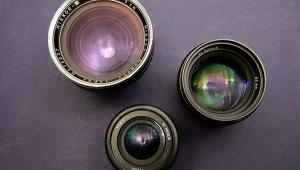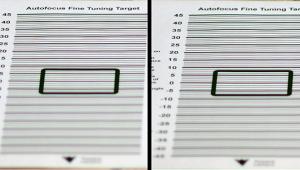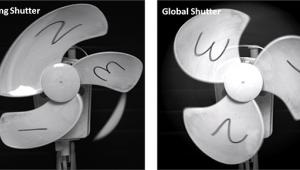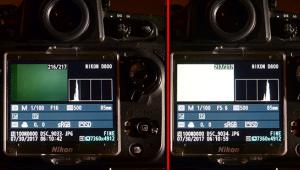Technically Speaking: Why Photographers Should Know the Color Rendering Index
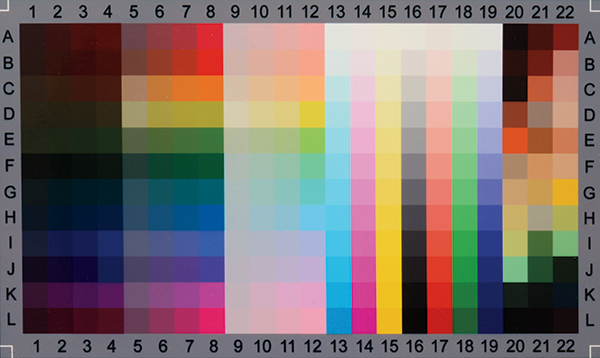
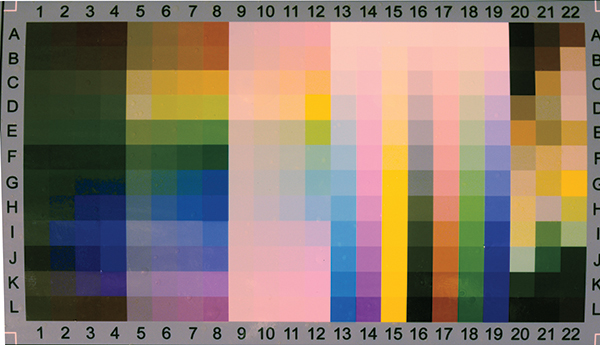
Shooting color used to be simple: you just dialed in your white balance and fired away. Excepting the rare cases where the colors had to be spot on (such as in fashion photography), this straightforward approach was close enough for most types of photography.
Such bracing simplicity was possible because light sources were mostly hot; the roiling outer layers of the Sun or the fulgent filament of an incandescent bulb. Accurate reproduction of hues required only setting your camera to the color temperature of the key light; for example, about 6,000 K for sunlight, and 3,200 K for an incandescent bulb. (And by the way, if your understanding of “color temperature” is still sketchy, consider thumbing through last month’s Technically Speaking column on the subject.)
You could use this approach with impunity because these high-temperature sources are good approximations to what freshman physics students call “black bodies.” They emit light at a wide range of wavelengths, or colors. Even electronic flash, which is a brief, hot spark, is a broad-spectrum light source.
But that was then and this is now. If you’re shooting interiors, you might be lighting up the place with straight or twisty fluorescents, or the new kids on the block, LEDs. At night, there might be sodium vapor lamps, mercury vapor lamps, or … more LEDs.
These are not particularly hot, and their light isn’t similar to that from a black body. For example, common fluorescents, such as the ones that cause headaches at the office, are basically ultraviolet bulbs that stimulate the green and orange phosphors on the inside of the tube to glow. That’s fine if your subject is either of those colors, and only those colors. Otherwise, it’s not fine, and produces the sickly skin tones of people photographed under such industrial-grade lighting. While fluorescents are rated at about 4,500 K for photographic purposes, you’ll frankly get better color rendition (at some cost in convenience) by heating up a hunk of iron to 4,500 K and putting that in front of your subject.
LEDs may look white to your eyes … albeit slightly biased to warm or cool, depending on what you’ve bought. But they too have lumps and bumps in their spectra, and will inevitably distort colors.
So what to do? The international commissions that deal with such matters have suggested various metrics to describe how accurately a light source will reproduce the colors that your eye can see. The one you’ll most frequently encounter is the Color Rendering Index, or CRI. For any luminary, a higher CRI is, like a higher batting average, better.
To determine the CRI, eight color patches, spanning the rainbow from blue to red, are illuminated with the light source under consideration. The amount of reflected light is compared with the amount that would be produced by a black body luminary of the same color temperature. The eight measurements are then fed into a bit of off-putting algebra that corrects for various messy aspects of human vision, and voilà—the numerical CRI. You’ll frequently find it on the packaging for bulbs, or in the equipment reviews in this magazine.
The CRI’s maximum value is 100—which indicates that the color rendition is as good as for a black body. Daylight, and those soon-to-disappear screw-in incandescents, have CRI values of 100. Fluorescents range from about 50 to 98. LED bulbs for household use have a CRI of roughly 82, but those specially made for photographic products are better than the one in your floor lamp.
Do you care? Frankly, if you get the color temperature (white balance) right, you’ve handled the most important thing in color work. So unless you’re a forensic photographer, or afflicted with chromatic OCD, you might opt to ignore yet another worry: the CRI value of your lights.
But just as you may have forked out some kale for equipment to color manage your monitor and printer, you’re likely to eventually become interested in whether your lights can correctly reveal the colors in your shot. Because like a whole-body tattoo, poor color rendition will be hard to fix later.

Seth Shostak is an astronomer at the SETI Institute who thinks photography is one of humanity’s greatest inventions. His photos have been used in countless magazines and newspapers, and he occasionally tries to impress folks by noting that he built his first darkroom at age 11. You can find him on both Facebook and Twitter.

